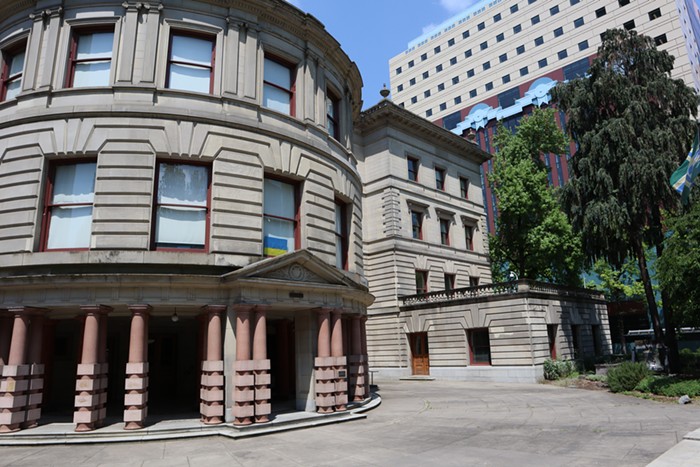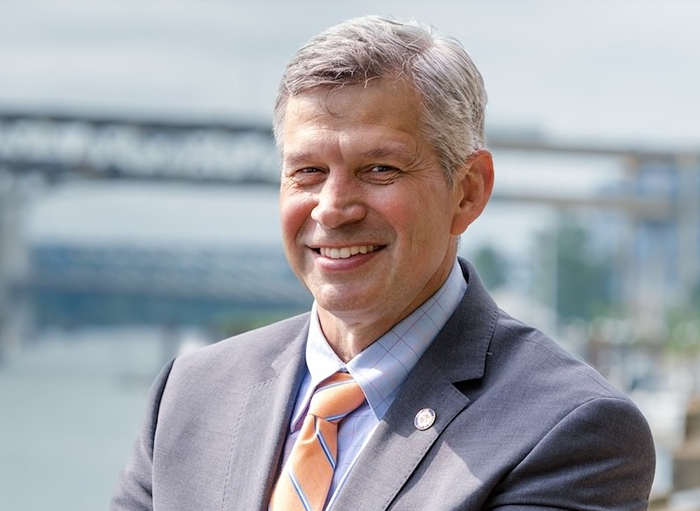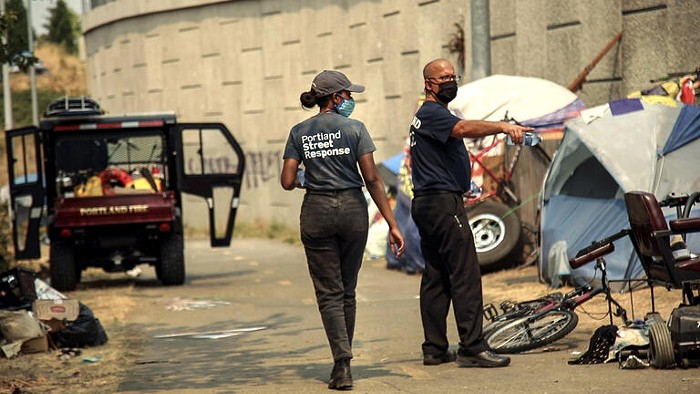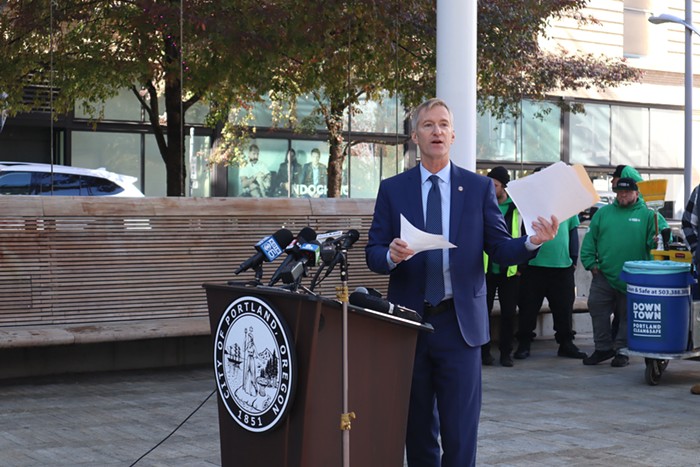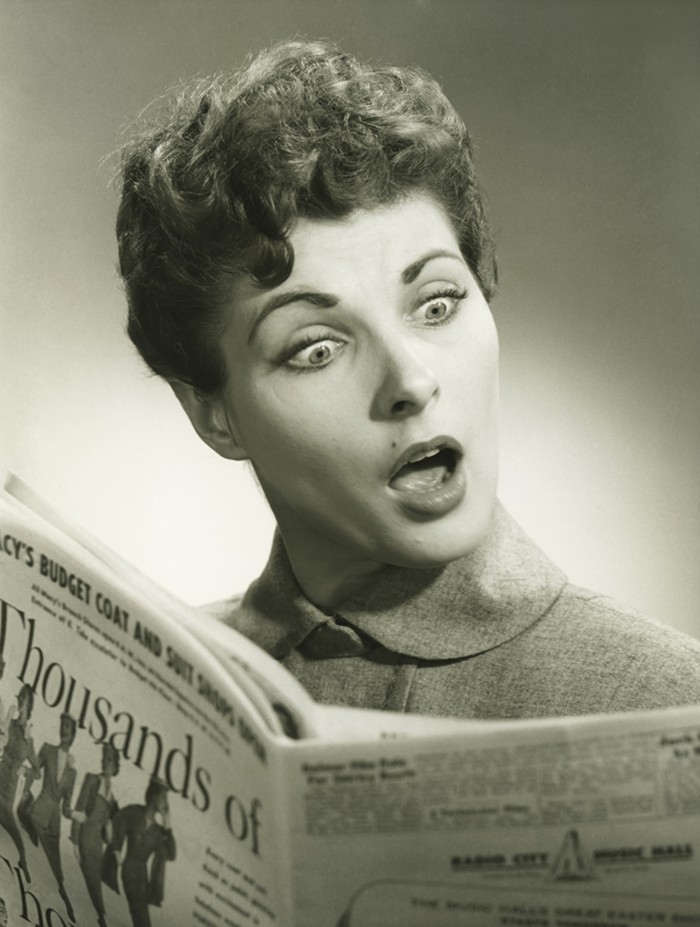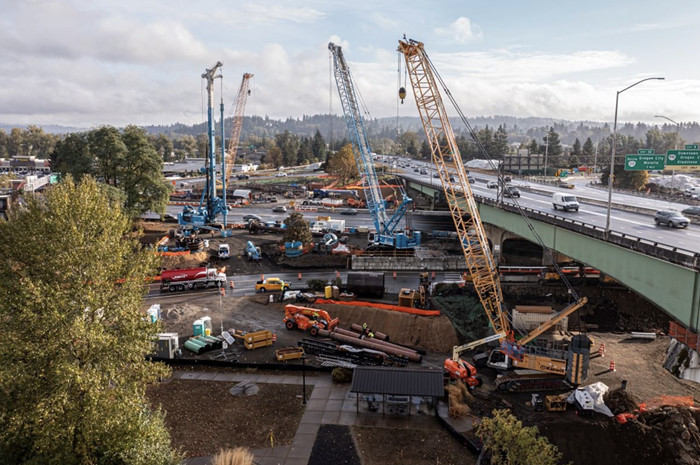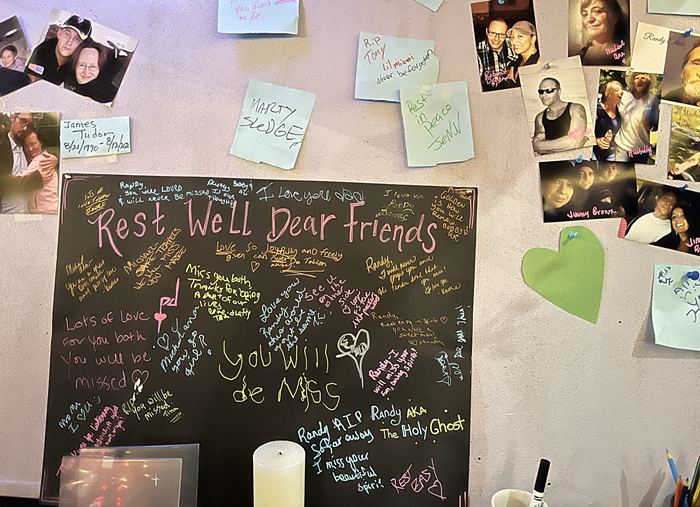
It’s been 10 years—to the day—since Portland City Council adopted the Portland Bicycle Plan for 2030, a bike infrastructure plan championed by then-Mayor Sam Adams which promised to make Portland a world-class city for biking. A decade later, incremental progress has been made. But the city’s fiercest bike advocates aren’t satisfied.
At noon on Tuesday, local cycling advocacy organization Bike Loud PDX will host a rally outside City Hall, which will both celebrate the 10-year milestone and protest what member Emily Guise calls a “lack of urgency” on the city’s part on following through on the plan’s promise.
When it passed in 2010, the ultimate goal of the 2030 Bike Plan was to make 25 percent of all trips by Portlanders be on bike. The city planned to achieve that by building 681 miles of new bikeways (that can mean bike lanes, bike trails, or greenways), adding safety protections to existing bikeways, and creating education campaigns meant to encourage new people to try biking as a form of commuting.
In addition to setting that ambitious goal of 681 new biking miles, the 2030 plan also included a less-ambitious way forward that would require less funding, and would serve most—but not all—of the city’s residents. Called the “80 percent strategy,” this plan would create 327 new miles of bikeways, enough to ensure that 80 percent of Portlanders live within a quarter-mile of a safe and accessible bikeway. According to a recent draft of a 10-year progress report from the Portland Bureau of Transportation (PBOT), the city is on track to fulfill that 80 percent strategy by 2030, having either built or funded 58 percent of it. But it is nowhere near reaching the 681 miles originally envisioned by the 2030 Bike Plan’s architects.
For Guise, reaching the 80 percent threshold isn’t bold enough action. She wants to see PBOT follow through on the high-level vision the bike plan represents.
“Traffic violence is rising—there were at least 49 people killed by traffic violence last year in our city,” she said. “Safer infrastructure for biking and walking can really help cut down on that. And another big reason is climate change. … Our [greenhouse gas] emissions are not going down at all.”
Dylan Rivera, a PBOT spokesperson, says it’s the city's current goal to reach a 25 percent bike “mode share,” or share of commuting methods, by 2035. In 2017, that mode share was 6.3 percent, according to PBOT data. Rivera points to popular 2030 Bike Plan projects like Better Naito, the Biketown bike sharing program, and the protected bike lane on SW Moody as proof the city is still committed to making Portland more bike-able. But he says that community pushback on individual projects can make progress difficult.
“What we find too often is what we think is a minority of people engaging PBOT project by project, saying bike infrastructure isn’t a priority,” he said. Rivera gave the Harrison-Lincoln greenway as an example, saying some “hard conversations” led to serious delays.
But when projects do get completed, Rivera said, they often result in more sophisticated systems than the city would have built before 2010. The city recently did what was originally meant to be a simple road repave on N/NE Rosa Parks Way. After bikers advocated for something more, PBOT ended up reconfiguring the parking to allow for a concrete barrier for a mile-and-a-half stretch of bike lane.
“That was something that ten years ago might have just been a pavement refresh,” Rivera said, “with the lanes going back where they were.”
Guise recognizes that other projects not strictly under the purview of the 2030 Bike Plan also result in good things for bikers. She said Bike Loud PDX is supportive of PBOT’s Rose Lane project, which will build new bus-only lanes and make other transit-priority changes to city streets, because it is also helpful for bikers—for example, bikes are allowed in the new red bus-only lane on SW Madison. Still, she’d “like to see more integration of bike lanes into the plan.”
PBOT has to balance its priorities with limited funding—until a local gas tax was passed in 2016, the city faced over $2 billion in road repair backlogs. Guise said Bike Loud PDX would like to see the city explore new funding mechanisms for bike infrastructure, such as congestion pricing (the practice of tolling roads at times of high car traffic), or increasing parking fees, as Seattle did recently.
As BikePortland reported last year, Census data shows that biking in Portland recently dipped to the lowest levels since 2007. Guise says the lack of protected bike lanes and prevalence of distracted driving are probably both contributing factors, but also thinks the city could be doing more to encourage biking. She suggested adding more Sunday Parkways, events during which the city shuts out car traffic on certain roads, as a relatively low-cost option.
“I would like to see them not just in the backroads of the neighborhood, but to be on main routes, like Hawthorne, Belmont, Killingsworth,” she said. “Have it on big roads so people can see the economic impact.”

